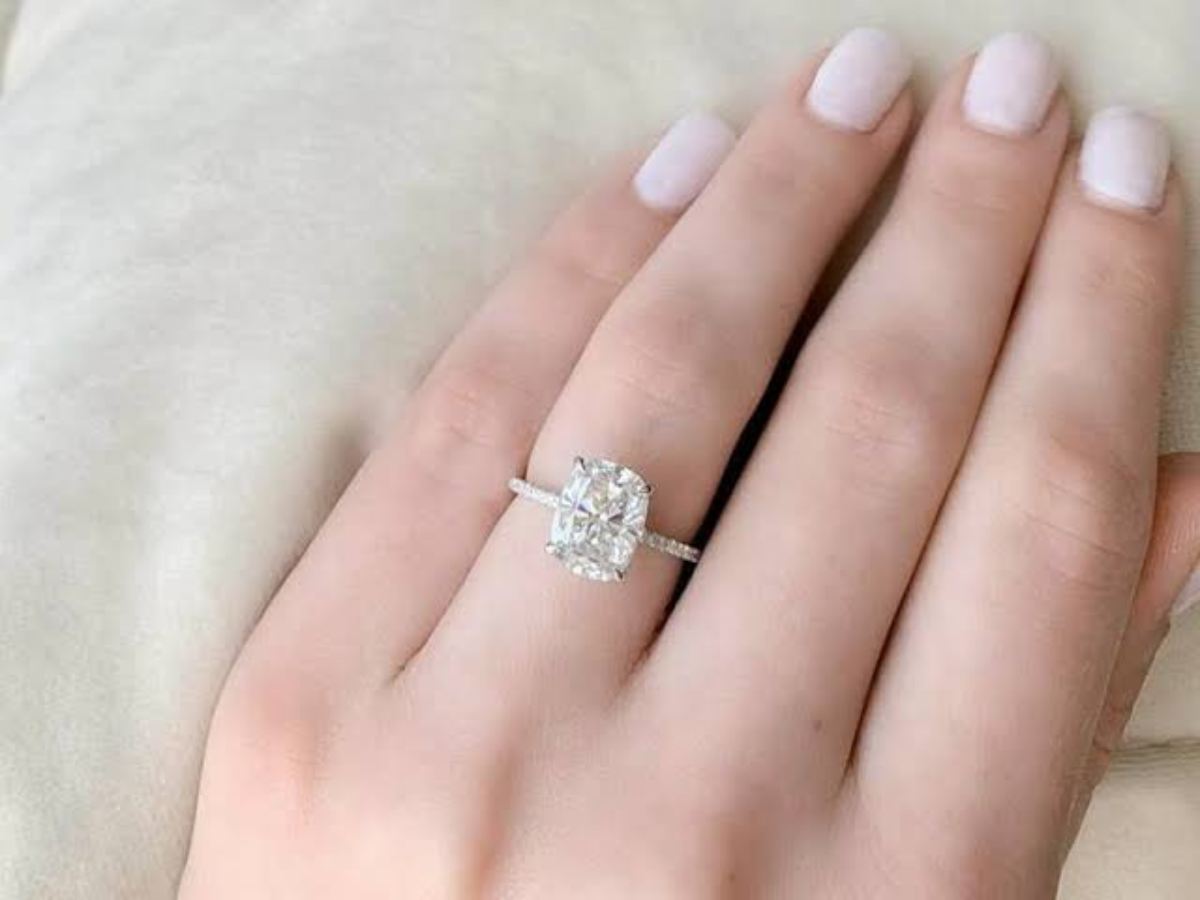Design Your Engagement Ring With Lab-Grown Diamonds – You’ve fallen in love with the person that you want to spend the rest of your life with, and are ready to propose. First things first: congratulations! Now, it’s time to find the perfect engagement ring to give to your future spouse. However, not all engagement rings are made equal; if you’re looking for a ring that truly stands out, you might want to design your own.
When designing your own engagement ring, there are a number of factors that you’ll want to consider, including the type of diamond you want to use in the ring, the diamond’s shape, as well as the ring setting. While it’s always a great idea to speak to a professional at a diamond foundry to get the guidance that you need to make your engagement ring dreams a reality, we’re here to break down the factors that you’ll want to consider before going into a consultation about designing your own ring.
Table of Contents
Choose Your Type of Diamond
The first step in designing your own engagement ring is to choose the type of diamond that you want to use. There are two main types of diamonds that people tend to choose between: mined diamonds and lab-grown diamonds. Mined diamonds come from the Earth, and have been around since the beginning of time: in fact, it takes about one to three billion years for a diamond to be formed into the proper shape for mining. As such, the number of diamonds available to mine from the Earth is limited. In addition to this, the mining process can be detrimental to the health of the planet, as it causes things like deforestation and air pollution.
If you’re looking for diamonds that are made via more sustainable methods, you’ll want to consider lab-grown diamonds. Lab-grown diamonds are crafted in a laboratory setting using a small sliver of diamond (most often known as a “diamond seed”) which is then exposed to high heat and pressure in order to grow. Because lab-grown diamonds don’t require heavy industrial work to be done to the planet, they’re considered more sustainable. That said, some processes of creating lab-grown diamonds are notably better for the planet than others, like the following:
The CVD Method
The most sustainable means of crafting lab-grown diamonds is the CVD (Chemical Vapor Deposition) method. During this process, a diamond seed is placed in a plasma reactor in order to create the high heat and pressure that’s needed to help build carbon atoms on top of the seed into a fully formed diamond. It typically takes about one to three months to craft a lab-grown diamond, depending on its carat size. The CVD method doesn’t require the burning of heavy fossil fuels like the mining process does, which makes it a far more sustainable means of procuring diamonds.
The HPHT Method
The HPHT (High Pressure High Temperature) method is similar to the CVD method in that it requires that a diamond seed be exposed to levels of high pressure and temperature in order to grow into a fully formed diamond. However, the HPHT method requires far more energy than the CVD method does in order to maintain the levels of heat and pressure required for lab-grown diamond formation. As such, the HPHT method is less sustainable than the CVD method when it comes to making lab-grown diamonds.
When deciding what kind of diamond to use when designing your engagement ring, you’ll want to consider your environmental priorities, as well as your budget and time frame. If you’re looking for beautiful diamonds that are not only affordable, but also ethical, lab-grown diamonds are right for you.
Consider Diamond Shape
Once you’ve chosen the type of diamond you want to use in your ring, the next most important step is choosing the diamond shape. Some of the most popular diamond shapes for engagement rings today include:
- Asscher
- Round Brilliant
- Oval
- Pear
- Marquise
- Princess
- Cushion
- Trillion
- Radiant
- Emerald
In order to choose the perfect diamond shape for your engagement ring, you’ll want to keep your partner’s style in mind, and pick out one that suits their personal brand of self-expression.
Consider Ring Setting
Once you’ve picked a diamond shape, it’s time to choose a setting for your ring. Some of the most popular engagement ring settings include:
- Solitaire
- Three Stone
- Halo
- Hidden Halo
- Bezel
- Cathedral
You’ll also want to think about your partner’s style when picking out the setting of your custom engagement ring.
In Conclusion
When designing your own engagement ring, it’s a great idea to do so with lab-grown diamonds, which are more sustainable, especially when made via the CVD method. From there, you’ll want to choose the shape of the lab grown diamond that you want as well as the ring setting in order to create the perfect engagement ring to propose to your partner with.

